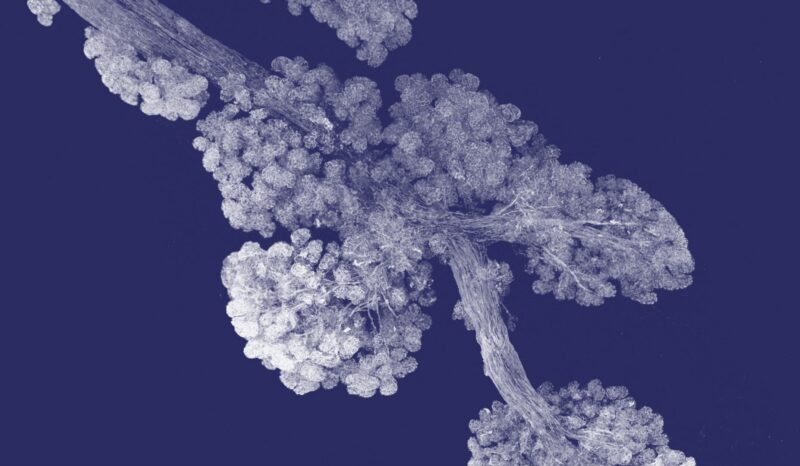WEHI Special Bioinformatics Seminar hosted by Dr Chin Wee Tan
Dharmesh D Bhuva
Mangiola Lab – Computational Systems Oncology Program – South Australian Immunogenomics Cancer Institute (SAiGENCI) – University of Adelaide
Modelling spatial molecular data for normalisation and power analysis.
Davis Auditorium


